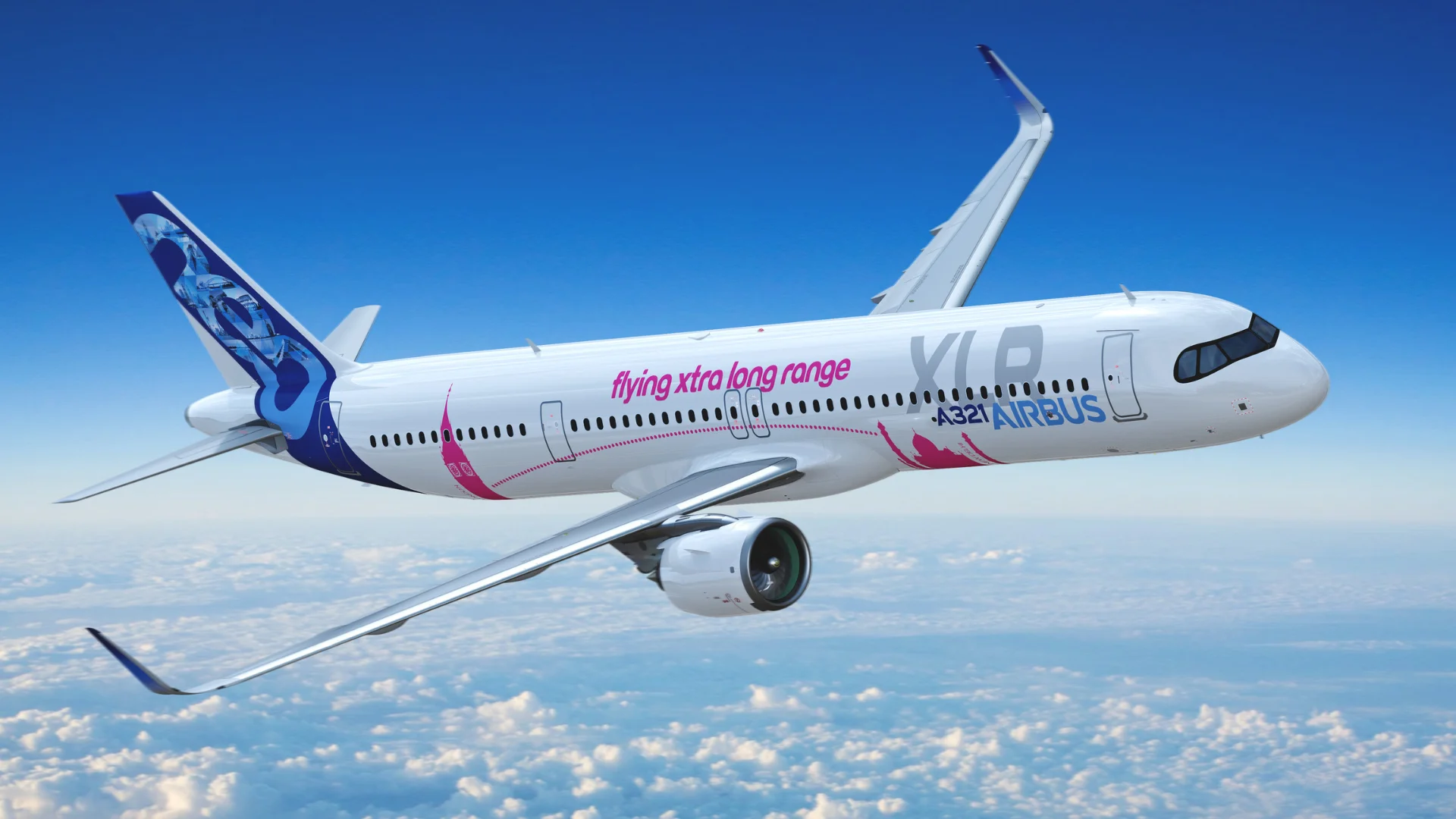The jet can be equipped with either two CFM International LEAP-1A turbofans or two Pratt & Whitney PW1100G-JM turbofans. The CFM LEAP-1A has become more popular recently due to issues affecting the PW1100G-JM engine. Both engines provide between 32,160–33,110 pounds-force of thrust.
Historically, commercial aircraft speeds have not increased since supersonic travel was attempted decades ago with aircraft like Concorde and the Soviet Tu-144 'Concordski.' After those projects ended or were canceled due to lack of demand or technical challenges, subsonic transonic jets became standard. Most current narrowbody jets operate between Mach 0.78 and Mach 0.85—a balance between speed and fuel efficiency—while widebodies tend toward higher cruise speeds within this range.
For comparison, earlier aircraft such as the Boeing 727 cruised faster at up to Mach 0.92 but at higher fuel costs. Modern commercial aviation has shifted focus toward operational efficiency rather than speed due to environmental concerns and stricter emissions regulations.
The A321XLR stands out primarily for its extended range rather than its speed capabilities. Its maximum single-class configuration seats up to 244 passengers (206–220 in a typical two-class setup), matching other members of the A320neo family but offering longer reach—up to approximately 4,700 nautical miles versus shorter ranges on competing models like Boeing's MAX series.
Other manufacturers continue to prioritize efficiency over greater speeds for future developments in commercial aviation technology. Although there are ongoing projects aiming for supersonic travel again—such as Boom Supersonic’s Overture—the market continues favoring subsonic designs due to regulatory pressures and economic factors surrounding fuel consumption and ticket pricing.
"The Airbus A321XLR's speed is similar to other aircraft in its Airbus A320 family," according to industry analysis provided by Simple Flying staff writers. "It is also comparable to that of the Boeing 737 family, the Airbus A220 (previously C Series), and Embraer E-Jets."
While new technologies are under development—including open-fan engines like CFM RISE—current plans from major manufacturers do not indicate any shift toward significantly faster commercial passenger jets in coming years.
The Airbus A321XLR fills an important gap left by discontinued mid-size planes such as the Boeing 757 by combining longer range with typical narrowbody cruising speeds.
 Alerts Sign-up
Alerts Sign-up





















